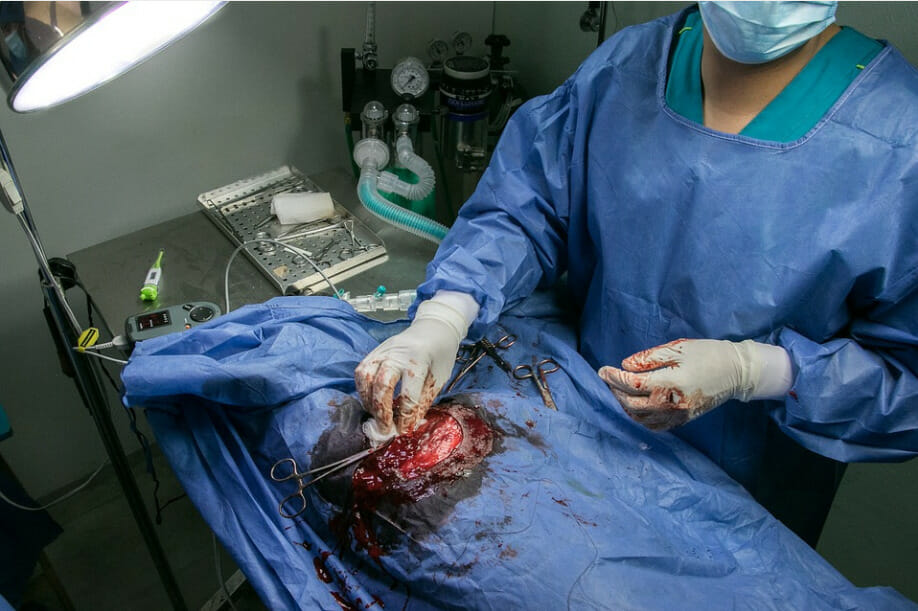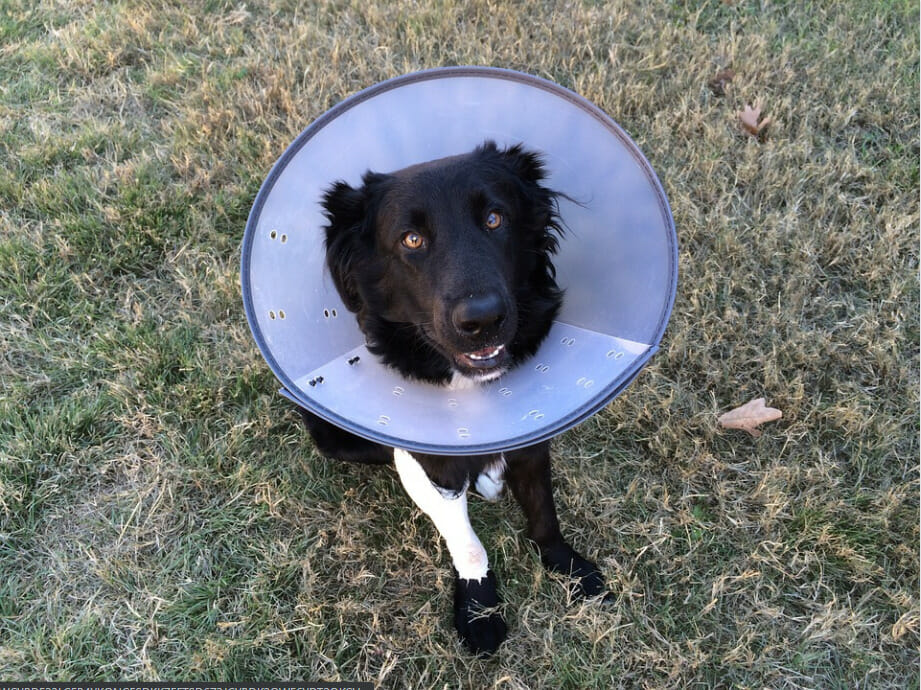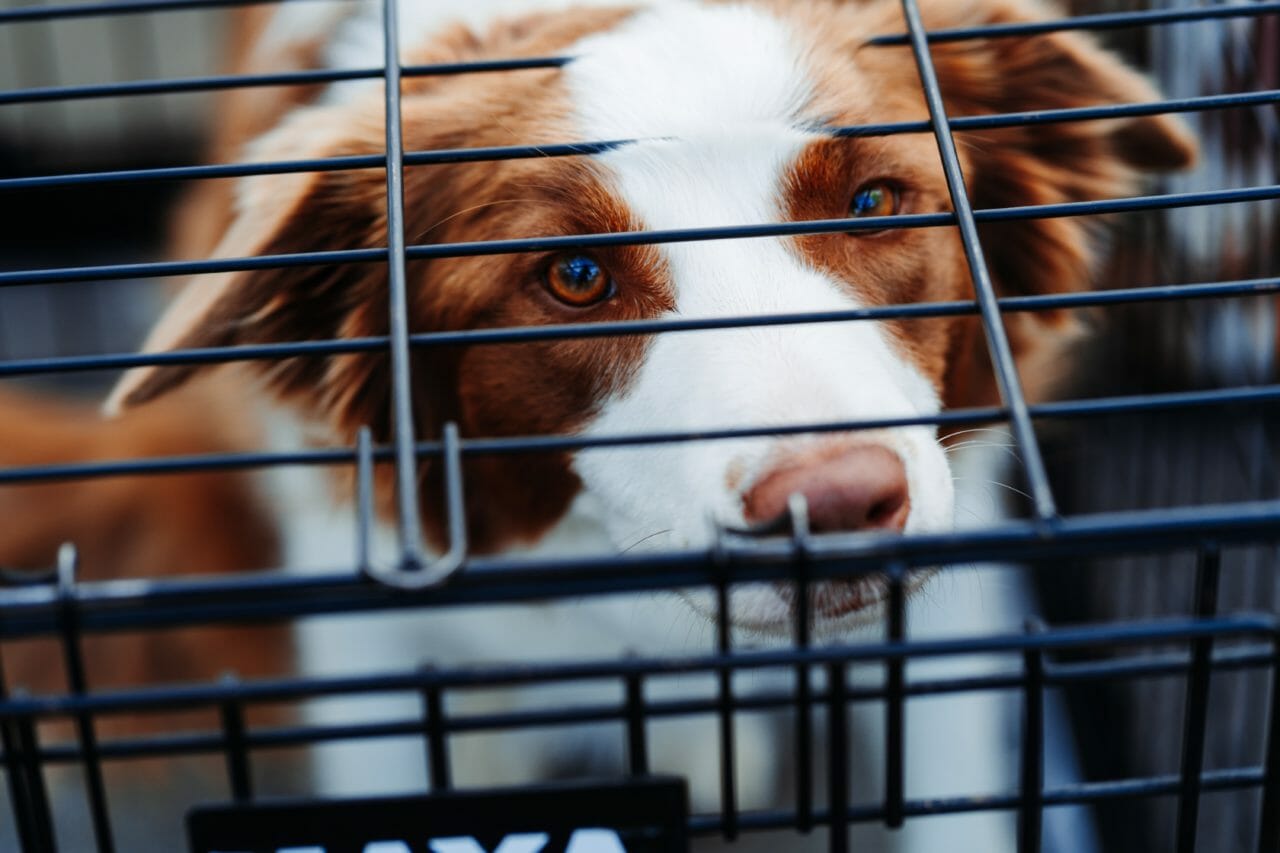Tumors become less scary when handled with care
If you’re a dog owner, it’s likely you are aware that your pup can develop a tumor. While tumors can occur in any breed or age group of dogs, some breeds and older dogs are more prone to them than others.
If you notice any unusual lumps or bumps on your dog, it’s best to have them checked out by a veterinarian as soon as possible. This blog post will discuss everything dog owners need to know about tumor removal surgery.
The experts from RehabPet.com will cover:
- What tumors are
- How they develop
- What the removal process is like
- How to ensure your dog has a speedy recovery
We hope this information will help prepare you for this type of surgery should it become necessary.
What Is a Tumor?
A tumor is an abnormal growth of tissue. It begins as a single mutated cell that multiplies out of control. The cells then grow to form a mass or can remain scattered throughout the body.
While many dog owners might hear the word “tumor” and immediately think “cancer,” not all tumors are cancerous. Tumors fall into one of the following categories:
Benign Tumor
Benign tumors are the most common type of dog tumor, and they are not cancerous. They usually grow slowly and don’t spread to other body parts.
Malignant Tumor
Malignant tumors are cancerous and can spread to other body parts. They are less common than benign tumors, but more aggressive. After surgery, malignant tumors may require additional treatment, such as chemotherapy or radiation.
Tumors come in different shapes and sizes. While there are many different types of tumors, the most common include:
Mast Cell Tumor
Mast cell tumors occur when mast cells grow out of control. Mast cells are a type of white blood cell that helps the body fight infection. They can look like lumps under the skin or raised bumps.
Lipoma
Lipoma is the most common type of benign tumor in dogs. They are made of fat cells and tend to be soft and movable. Lipoma usually grows slowly and are not cancerous.
Melanoma
Melanoma are tumors that develop from melanocytes, which are the cells that give skin its color. They can be black, brown, or gray and occur anywhere on the body. Melanoma can be benign or malignant.
Osteosarcoma
Osteosarcoma is the most common type of bone cancer in dogs and usually affect the bones of the legs. However, they can occur in any bone in the body. Osteosarcoma is a very aggressive cancer that can spread quickly to other body parts.
Hemangiosarcoma
Hemangiosarcoma is a tumor that develop in the blood vessels. It is usually found on the spleen or liver and can spread fast by attacking the circulatory system. Hemangiosarcoma can be benign or malignant.

What Are the Symptoms of a Tumor in My Dog?
The symptoms of a tumor will depend on the type and location of the growth. In general, you should watch for the following signs:
- Lumps or bumps under the skin
- Swelling
- Weight loss
- Lethargy
- Loss of appetite
- Difficulty breathing (if the tumor is located in the chest)
- Abnormal bleeding
- Slow moving or lack of regular movement
If you notice any of these symptoms in your dog, it’s wise to immediately make an appointment with your veterinarian. Your vet will perform a physical examination and determine if the lump is a tumor.
From there, your vet will likely recommend additional testing to confirm their diagnoses, such as x-rays, ultrasounds, or biopsies.

What Is the Cost of Removing a Tumor?
The cost of removing a tumor will depend on the type of tumor, its location, and your dog’s overall health. Generally, you can expect to pay anywhere from $500 to $5000 for surgery.
Your veterinarian will give you a more accurate estimate after examining your dog and confirming that surgery is the best course of treatment.
How Is a Tumor Removed?
A board-certified veterinary surgeon typically performs tumor removal surgery. The surgery aims to remove the entire tumor while preserving as much healthy tissue as possible.
The type of surgery your dog will need will depend on the size and location of the tumor. For example, if the tumor is located on the skin, the surgeon may be able to perform a local excision. This involves numbing the area around the tumor and removing it with a scalpel.
Cryosurgery, radiation therapy, and chemotherapy are other treatment options for tumors, but they are typically not as effective as actually removing them by hand.
Your dog will need more invasive surgery if the tumor is larger or located elsewhere in the body. In this case, the surgeon makes an incision and removes both the tumor and a healthy amount of tissue in the surrounding margin. In some cases, they may also need to remove nearby lymph nodes.
After the tumor is removed, the surgeon will likely send the tissue to a laboratory for testing. The results will help determine if your dog needs additional treatment, such as radiation or chemotherapy.
What Is the Recovery Process Like?
The recovery process will depend on the type of surgery your dog had. For example, dogs who have had skin tumors removed typically recover within two to three weeks.
Dogs who have more invasive surgery will need a longer recovery time. They may need to stay in the hospital for several days and may require pain medication and/or physical therapy.
Once your dog is free to come home, it’ll need plenty of rest and quiet time to heal. A few ways to help speed up the healing process include:
- Set up a quiet and calm location your dog can rest in
- Provide your dog with soft bedding
- Limit physical activity
- Feed your dog a healthy diet
- Apply any wound care ointments or creams as directed by your veterinarian
- Check the incision site regularly for signs of infection
Of course, anything your vet tells you takes precedence. Following your veterinarian’s instructions during recovery is essential to ensure a successful outcome.
Closing Thoughts
While no dog owner wants to think about their furry friend getting sick, it’s important to be ready to properly address the possibility of a tumor. Hopefully, this article has provided you with some helpful information about dog tumor removal.
If you notice any lumps or bumps on your dog, make an appointment with your veterinarian as soon as possible. They can perform the necessary tests and, if needed, surgery to remove the tumor.



